The Wonders of Thermal Color Changing Paint (5 Main Applications)
Thermal color changing paint, also known as thermo color changing paint, is a kind of new material. It changes colors with the temperature change. Whether
Thermochromic Powders are composed of micro-capsules that change color reversibly. When the temperature is raised to a specified temperature the pigment goes from colored to colorless (or from one color to another color). The color returns to the original color as the pigment is cooled down. Conversion Type: Ice color-changing (from colorless to colored), Heat color-changing (from colored to colorless), from one color to another color.
kingchroma is a professional manufacturer of color changing powder, has rich experience in temperature changing powder, can help you complete your project.
Home > Powdered Pigments > Color Shift Pigment Powders > Thermochromic Powders

KC01
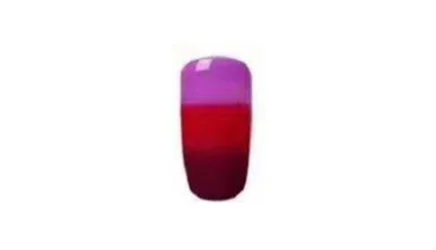
KC02
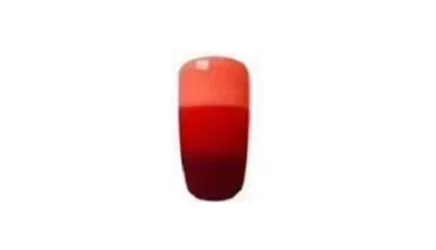
KC03
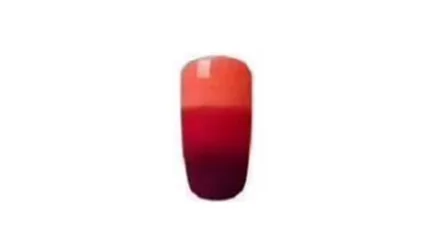
KC04
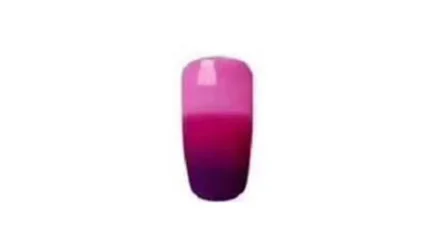
KC05
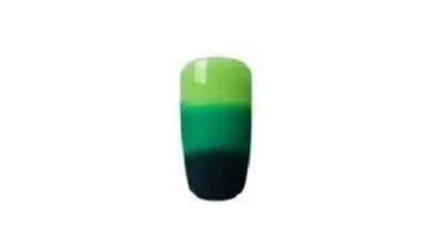
KC06
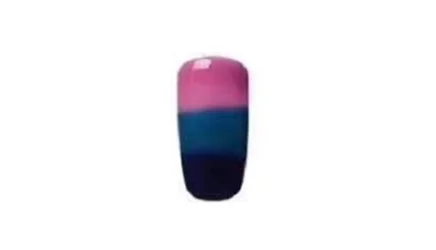
KC07
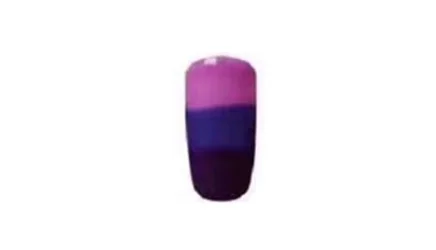
KC08
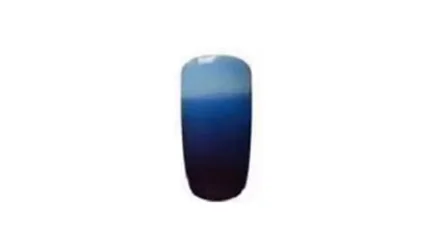
KC09
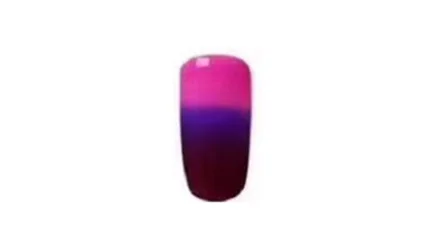
KC10
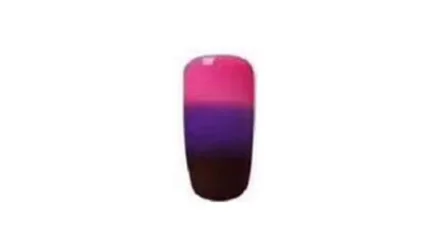
KC11
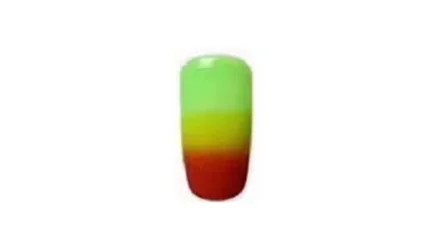
KC12
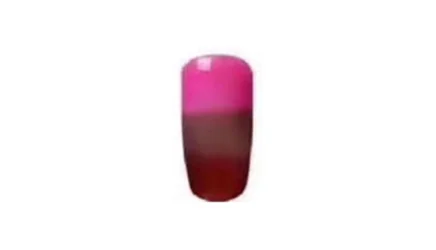
KC13
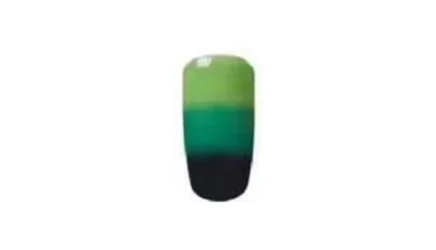
KC14
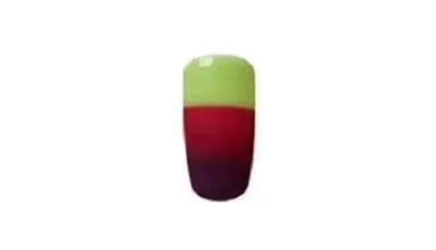
KC15
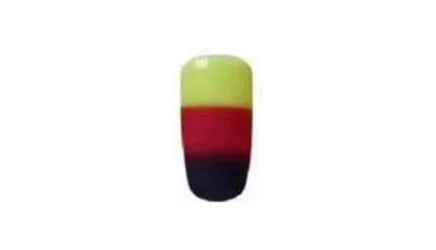
KC16
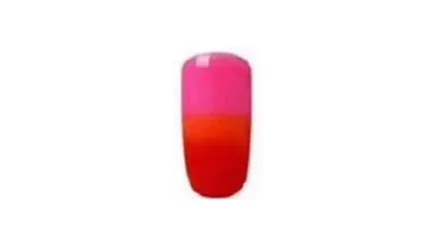
KC17
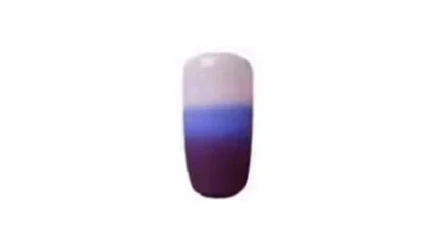
KC18
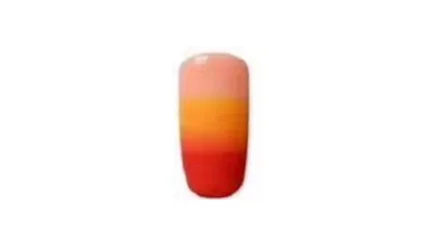
KC19
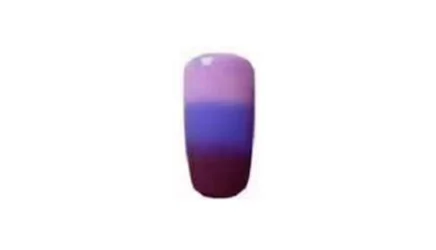
KC20
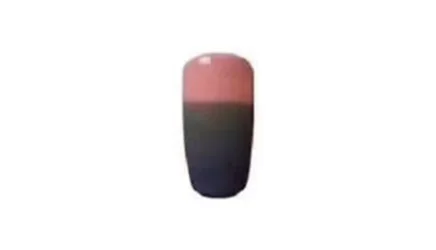
KC21
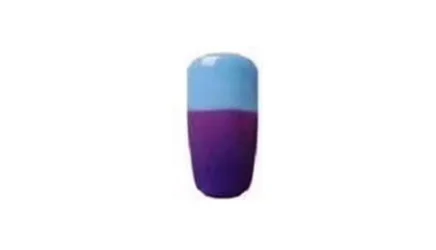
KC22
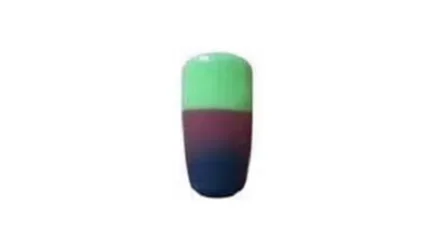
KC23
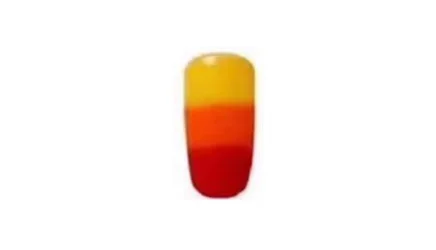
KC24
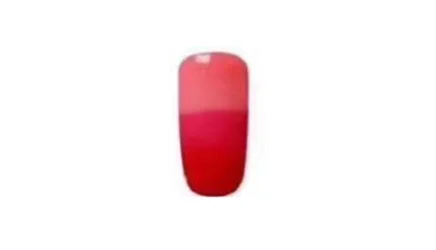
KC25
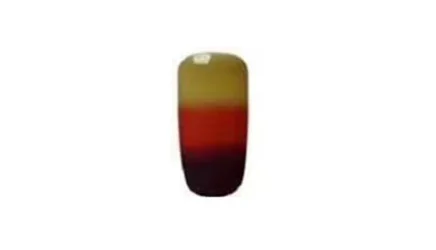
KC26
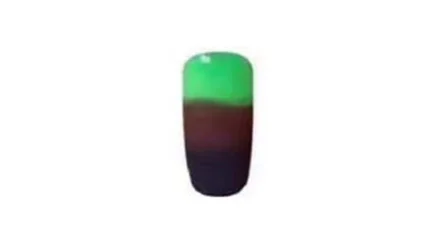
KC27
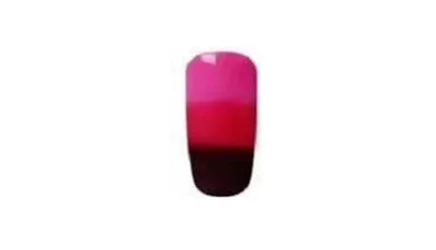
KC28
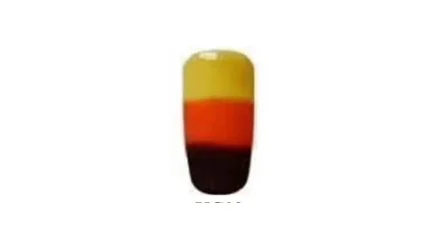
KC29
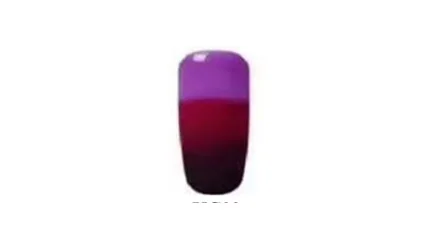
KC30
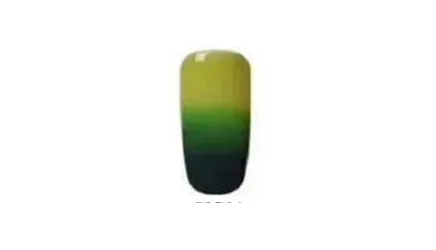
KC31
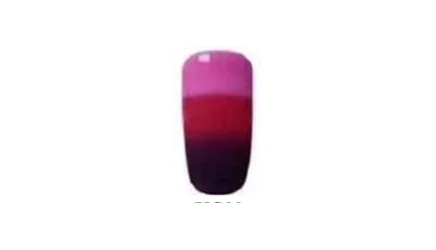
KC32
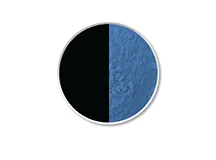
Black-Blue kCBB-02
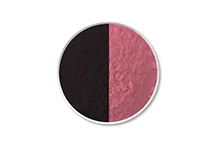
Black-Pink KCBP-13
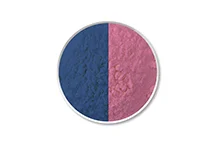
Blue-Pink KCBP-17
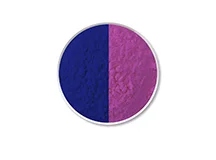
Blue-Purpe KCBP-18
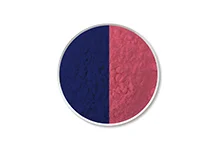
Blue-Red KCBR-20
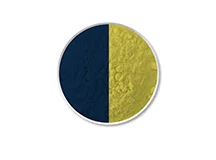
Blue-Yellow KCBY-04
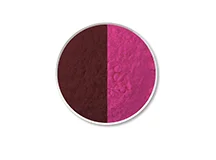
Coffee-Red KCCR-11
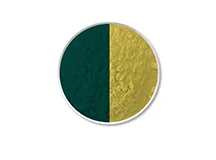
Green-Yellow KCGY-10
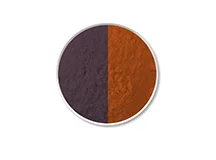
Grey-Orange KCGO-19
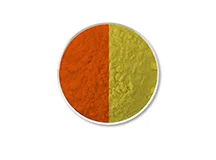
Orange-Yellow KCOY-01
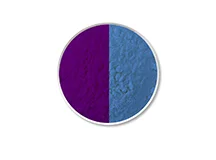
Purple-Blue KCPB-14
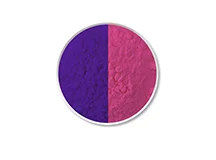
Purple-Red KCPR-15
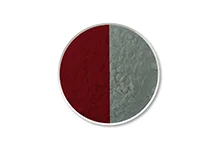
Red-Grey KCRG-13
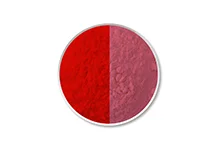
Red-Pink KCRP-03
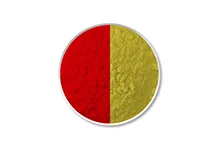
Red-Yellow KCRY-16
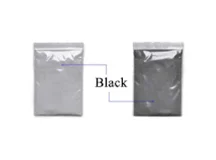
Black
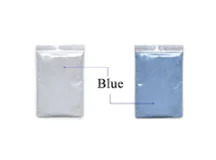
Blue
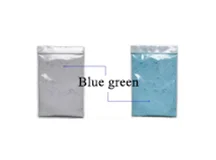
Blue-Green
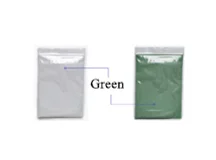
Green
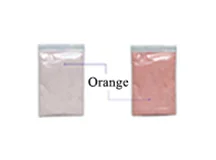
Orange
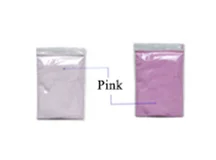
Pink
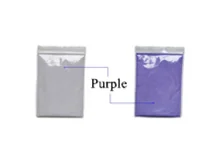
Purple
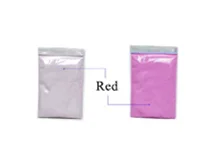
Red
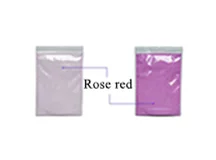
Rose Red
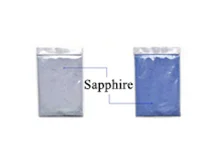
Sapphire
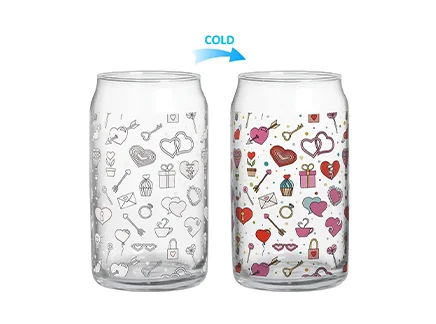
Food and Drink Packaging
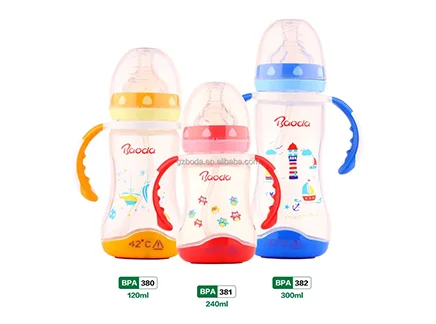
Baby Products

Industrial Safety
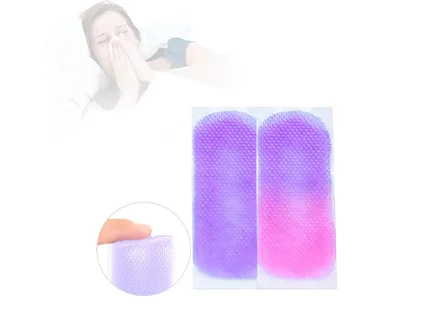
Medical Devices

Automotive
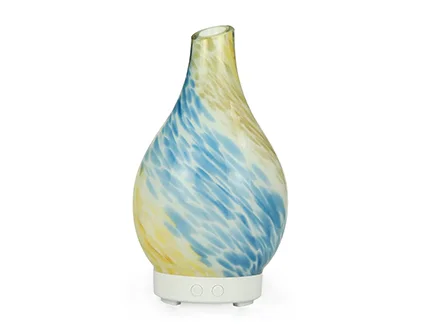
Home Appliances
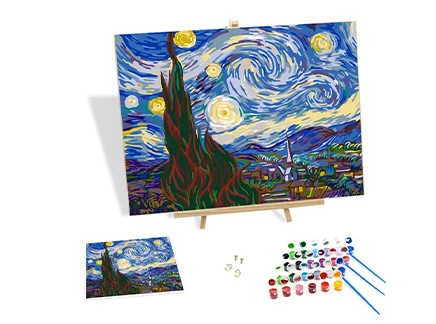
Art Project
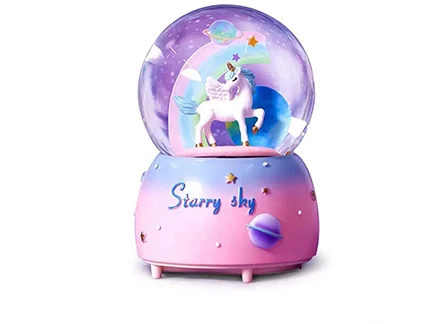
Craft projects
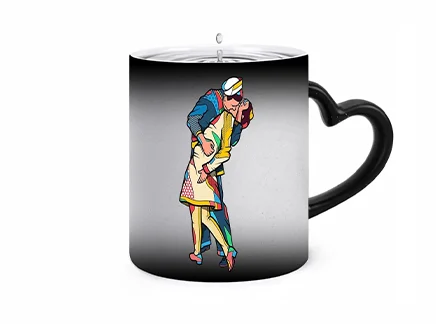
Novelty Items
Basic color
Red, Vermilion, Rose-Red, Peach-Blossom, Reddish orange, Golden-Yellow, Violet-Blue, Deep-Blue, Blue, Green, Black, Turquoise, ect.(Color can be customized.)
One color to another color
Blue to Red, Green to Blue, Purple to Blue, Orange to Yellow, Blue to Yellow, Black to Blue, Black to Green.
Particle size
1-10 μm
Heat resistance
220 degrees Celsius
Feature
Non-toxic, non-radioactive, non-magnetic, variable temperature range, stable, reversible color change, organic pigment and so on.
Usage
Injection molding,Ink, Paint.(Powdered water oil universal)
Powder
Ink
Paint
Suitable for injection molding materials PP, PVC,ABS, PS, PU, TPU, TPR, EVA, PMMA, Silica gel, VinyI, etc.
Silk screen, pad printing, transfer printing, gravure printing, offset printing, roller coating, spraying, etc.
(paper\ cloth\ metalglass\ ceramic\ plastic, etc.).
Resin, paper, leather, wood, floor, wall, hardware, glass, ceramic, plastic, cloth, etc.
Attention
Please mix uniformly when use Thermochromic powder is harmless to human body, comply with SGS, such as the European toys EN71 certification toys and food packaging safety standards. Outdoor product and printer ink is unavailable. White, Gold, silver color are unavailable. Do not mix with strong acid and alkali products.
Thermochromic pigments are prepared from an electron-transfer organic compound system. Electron-transfer organic compounds are a class of organic chromogenic systems with special chemical structures. They can change color at specific temperatures. This is due to electron transfer-induced molecular structure changes in the organic material. This color-changing material can not only produce bright colors but also change from a “colored” to a “colorless” state. Heavy metal complex and liquid crystal reversible thermochromic materials do not possess this characteristic.
Microencapsulated reversible thermochromic materials are called reversible thermochromic pigments (commonly known as thermochromic pigments, thermosensitive powders, or thermochromic powder). The particles of this pigment are spherical, with an average diameter of 2-7 μm (1 μm = 1/1000 mm). Inside the pigment, there is a color-changing substance. This substance is protected from chemical erosion by a transparent shell. This shell is approximately 0.2-0.5 μm thick and is neither soluble nor meltable. Therefore, it is very important to avoid damaging this outer shell during use.
I am a creative designer, sometimes I need to design some products with multiple colors to achieve the effect I want. Is it OK?
Kingchroma company has a professional color team that can give the Pantone color card color debugging according to the customer’s needs. The color of debugging needs to conform to the principle of heat sensitive pigment color change: dark color change.
Thermochromic powder is less stable than ordinary pigments; its properties such as light resistance, heat resistance, and aging resistance, are inferior. This is due to the inverse relationship between stability and change. Thermochromic powder is generally more expensive than ordinary pigments; hence, proper storage is essential. Then, in use and storage, we should also pay attention to:
Thermochromic pigments can fade and lose effectiveness in strong sunlight due to poor light resistance. To prevent loss of effectiveness, thermochromic pigments should be used indoors and protected from prolonged exposure to direct sunlight, intense sunlight, and ultraviolet light. This can help extend the service life of the color-changing pigments. What’s more, thermochromic pigments are not heat resistant and should not be mixed with strong acid or alkali compounds.
Thermochromic materials are harmless to the human body. These materials include thermochromic powders, thermochromic inks, thermochromic paints, etc. Microencapsulated reversible thermochromic materials are non-toxic, non-irritating to the skin, and generally do not contain toxic components.
Thermochromic materials produce different colors as the temperature changes. They are prepared from an electron-transfer organic compound system. Electron-transfer organic compounds are a type of organic chromogenic system that changes color due to electron transfer at a specific temperature. No toxic substances and harmless to the human body.
Thermochromic materials are produced by combining thermochromic pigments and plastics. Therefore, standardized product labels and instructions are very important. They can ensure these materials meet market needs, comply with the relevant national food safety standards, and follow the ROHS environmental certification requirements. Read the product manual carefully and follow the instructions when using thermochromic products.
Different color-changing pigments can be mixed and matched since the reversible thermochromic powder is colorless in its hidden state. This results in a more diverse range of color-changing effects.
Thermochromic powders can be used to produce inks (such as screen printing, offset printing, intaglio printing, and flexographic printing) as well as coatings and other applications. Thermochromic powders can also be applied to various plastic materials such as PP, PVC, ABS, PU, EVA, PE, and silicone rubber for injection molding, compression molding, extrusion, injection molding, and extrusion molding. In addition, some new children’s products such as color-changing crystal clay, color-changing playdough, color-changing hand warmers, etc. have also been developed using thermochromic technology.
The temperature ranges commonly used for thermochromic powders: 0-5°C, 8-12°C, 18-24°C, 26-31°C, 29-33°C, 38-43°C, 45-50°C, 50-54°C, 60-65°C, 65-70°C, and 70-78°C. The most common color-changing temperature is 31℃. This temperature is also known as touch-activated color-changing or hand-sensitive color-changing. Products containing thermochromic powder will undergo a color change at 4-6℃, with 31℃ as the center point. For example, for red thermochromic powder, the color change happens at 31℃. Above 31℃, it will appear red. Below 31℃, it will revert to its original color.
Usually, the final color-changing temperature is when the color change is complete. For example, a 31℃ thermochromic powder undergoes a color change between 27-34℃ (±3-4℃). This is referred to as a 31℃ color change. Some thermochromic powders are heat-erasable and irreversible. At low temperatures, it’s colored. At a certain point, the pigment changes to colorless or another color. The color-changing temperature range is 60-120°C.
Thermochromic powders are a type of pigment. They can change color at specific temperatures. This is due to electron transfer-induced molecular structure changes in the organic material. Thermochromic powders are also known as thermochromic pigment powders, thermosensitive pigments, temperature color-changing pigments, or thermoresponsive color-changing pigments. Thermochromic reversible microcapsules can change color repeatedly with temperature changes. The particles of this pigment are spherical, with an average diameter of 2-7 μm (1 μm = 1/1000 mm). Inside the pigment, there is a color-changing substance. This substance is protected from chemical erosion by a transparent shell. This shell is approximately 0.2-0.5 μm thick and is neither soluble nor meltable.
Thermochromic powders can change color repeatedly with temperature increase or decrease. The thermochromic color-changing effect occurs only within a certain temperature range. The thermochromic pigment involves color fading, color development, and color-changing effects. The thermochromic powder changes color depending on temperatures. Its basic temperature range is 10-70℃, and it works best when processed at 160-180℃. If the thermochromic powder doesn’t disperse well during the injection molding, a dispersing agent can be added. As the temperature increases or decreases, the microcapsule material can change color repeatedly. The commonly used temperatures are 15/18/22/28/31/33/45℃. The basic colors are bright red, vermilion, rose red, pink, orange-red, golden yellow, violet, navy blue, blue, green, black, and turquoise blue. The adjustable colors: All colors except for gold and silver can be adjusted. Only closely related colors can be adjusted for hue change.
1. Soak and rub the affected area immediately to lighten the stain.
2. Apply undiluted laundry detergent directly to the stained area, completely covering the stain. Let it sit for 5 min (you can gently rub the stain if necessary), and then wash the garment with regular laundry detergent;
3. If the stain still cannot be removed after trying the above methods, (1) for pure white cotton, linen, and polyester garments, you can try the following: For every 1/2 basin of water (about 2 L), add 1 bottle cap (40 g) of White Clothes Stain Remover (600 g) to the water and stir well. Then, soak the clothes in the solution for 30 min before rinsing them thoroughly. If necessary, extend the soaking time appropriately. If the stain remains after 2 h, take the clothes out of the water, add White Clothes Stain Remover to the basin (1 bottle cap for every half basin of water), stir well, and then soak the clothes in the solution again. The total soaking time should not exceed 6 h. (2) For colored or other materials of white clothes, try the following: Place the stained white clothes in a basin with the stained area facing down on the bottom of the basin. Use 1/4 bottle cap (10 g) of Color Clothes Stain Remover (600 g) and 1/4 bottle cap (10 g) of Collar Stain Remover, pour the mixture onto the stained area, and cover with a clean cloth to prevent it from drying. Allow it to stand for 2 h before rinsing it thoroughly. If the stain remains after 2 h, leave it overnight.
Thermochromic pigments can withstand short-term temperatures of 150-220℃ and are suitable for high-temperature processes, such as injection molding and curing. However, the thermal stability of color-changing pigments differs between their colored and colorless states, with the former being more stable than the latter. In addition, the color-changing system’s organic components begin to degrade above 80℃. Therefore, color-changing pigments should not be used for prolonged periods at temperatures above 75℃.
Due to the inverse relationship between stability and change, thermochromic powder is less stable than and inferior to ordinary pigments in terms of light resistance, heat resistance, etc. Therefore, attention should be paid to the storage and use of thermochromic powder:
Store in cool, dry, and light-shielded conditions, and avoid exposure to intense sunlight and ultraviolet light during use. The thermal stability of thermochromic powders varies between their colored and colorless states, with higher stability in the colored state. Therefore, store color-changing pigments with lower temperature sensitivity in a refrigerator to maintain stability. Most color-changing pigments maintain their performance after 5 years of storage under the above conditions. Avoid prolonged use of temperatures above 75°C.
The thermochromic powder can be mixed with resin bonding agents to prepare thermochromic ink. Do not use other fillers or pigments (e.g. titanium dioxide, calcium carbonate, barium sulfate, carbon black, etc.) with thermochromic powder in plastic injection molding or extrusion processes; otherwise, the color-changing effect may be suppressed.
Keep the following in mind when using thermochromic powder:
1. When preparing ink with thermochromic powder, use a three-roll mill as a dispersion device and avoid high-speed mixers to prevent damage to microcapsules. When printing with an oil-based screen, use a screen mesh with a count of 100-200 mesh. This printing process can be applied to various products, including spray-painted surfaces and injection-molded or extruded plastic materials.
2. Recommended amount of thermochromic powder: 10%-30% for screen printing and 0.3% – 2% for plastic injection.
3. Store in a dry, room-temperature environment that is shielded from UV light and direct sunlight. Typical shelf life: 3-5 years.
No BPA or any toxic heavy metals such as chromium or lead. Non-toxic and non-irritating to the skin. Fully compliant with food safety certifications. Safe food packaging material results in safe and non-toxic color-changing food packaging.
The thermochromic powder is used not only for temperature indication, but also in various fields of daily life, such as printing, textile and clothing, and toys. Thermochromic powders add new features and selling points to products, providing a strong guarantee for manufacturers’ product upgrades.
Generally, the service life of reversible thermochromic pigments can be as long as 10-15 years, and they can change color up to 2000-3000 times depending on the product specifications. As long as the target temperature is reached, they will change color. Thermochromic powders can fade and lose their effectiveness quickly when exposed to strong sunlight, so they are only suitable for indoor use. Thermochromic powders are not suitable for outdoor use as they can quickly fade and lose effectiveness in strong sunlight. It is recommended to avoid exposure to intense sunlight and ultraviolet light. This can help extend the service life of the color-changing pigments.
Thermal color changing paint, also known as thermo color changing paint, is a kind of new material. It changes colors with the temperature change. Whether
As one of the most creative advancements in the world of automotive, thermochromic paint generates a stunning, dynamic effect that enables the appearance of a
You can imagine driving a car that hues are switched under the sun’s warmth. You are not watching a futuristic movie; it is the fact
We are Ready to Support Your Thermochromic Pigment Projects
Kingchroma industrial park, Minqing Raod, Longhua Street, Longhua District, Shenzhen City, Guangdong Province, China